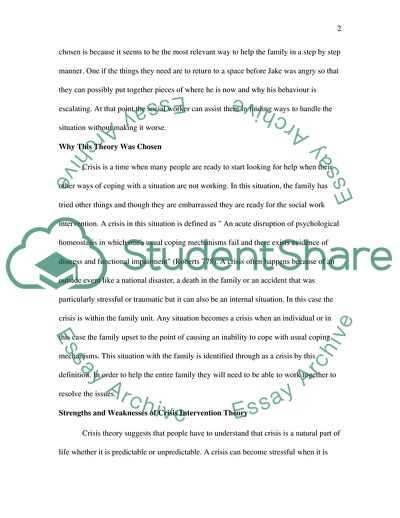Cite this document
(The Entire Situation in Families Case Study Example | Topics and Well Written Essays - 2250 words, n.d.)
The Entire Situation in Families Case Study Example | Topics and Well Written Essays - 2250 words. Retrieved from https://studentshare.org/family-consumer-science/1722745-social-work
The Entire Situation in Families Case Study Example | Topics and Well Written Essays - 2250 words. Retrieved from https://studentshare.org/family-consumer-science/1722745-social-work
(The Entire Situation in Families Case Study Example | Topics and Well Written Essays - 2250 Words)
The Entire Situation in Families Case Study Example | Topics and Well Written Essays - 2250 Words. https://studentshare.org/family-consumer-science/1722745-social-work.
The Entire Situation in Families Case Study Example | Topics and Well Written Essays - 2250 Words. https://studentshare.org/family-consumer-science/1722745-social-work.
“The Entire Situation in Families Case Study Example | Topics and Well Written Essays - 2250 Words”. https://studentshare.org/family-consumer-science/1722745-social-work.


